Last time, I left off partway through describing the various ways in which humans are applying extinction pressure onto species around the globe. Said pressures are resulting in a mass extinction that currently threatens a minimum of 10% of species globally. This time, I'll be discussing just one type of extinction pressure- invasive species.
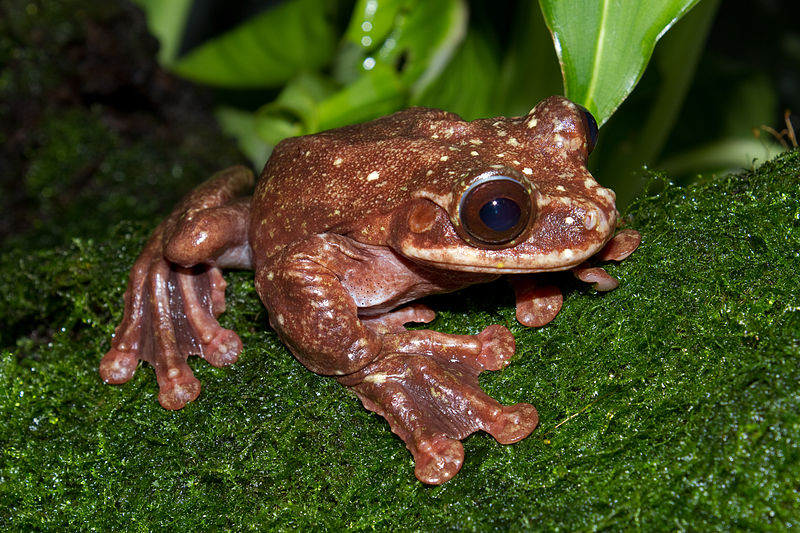
Toughie, the last Rabb's fringe-limbed tree frog, passed away in captivity in September 2016. The species was wiped out by the invasive chytrid fungus Batrachochytrium dendrobatidis. [Image source]
One thoroughly modern way in which humans are applying extinction pressures is through the introduction of invasive species. Previously, human travel took ages to get anywhere, so relatively few species could hitch a ride with us. Fleas and lice could, since we were their food sources. Rats could hide aboard ships. For the most part, however, most species weren't well adapted to travel with us. This has all changed drastically in the last couple centuries, however. As transportation grew faster, species could take longer and longer voyages. Air travel now allows short lived human diseases to cross the entire world, even. Many invasive species were even purposefully introduced by humans for one reason or another- see the case of rabbits in Australia.
When a non-native species lands in a new region, there's a relatively small chance that they will successfully adapt to their new environment- most die off. Of those that survive, most will only breed in small numbers and pose a relatively small threat to the native species. Occasionally, however, they turn out to be perfectly adapted to spread out of control.
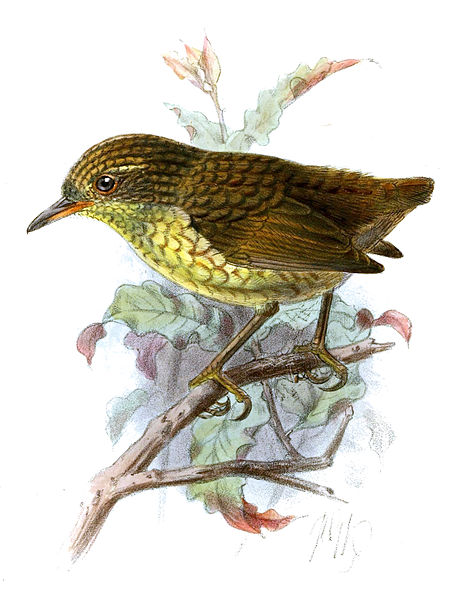
Lyall's Wren, a species reputed to have been driven extinct by a cat named Tibbles. It was actually driven extinct by the feral cat population on the island, but Tibbles certainly helped. If it makes the subject less depressing, you can pretend Tibbles was the Cat King leading his armies against the wrens. [Image source]*
There are a number of ways that an invasive species can drive native species extinct. The first is through simple predation. Oftentimes species that live on small islands are unused to serious predation, the island being too small to support many predators. When an invasive predator is introduced, they can often wreak absolute havoc on said ecosystem.
Cats and rats are particularly bad offenders here. Cats have killed countless bird species across the world. Rats have as well, in an even more pernicious manner- they go after the eggs. Rats have even driven species of lizards that prey upon rats extinct by eating their eggs. Goats are also notorious for driving plant species extinct. Goats are voracious eaters, which is bad enough, but they also eat the roots of plants, which prevents it from regrowing
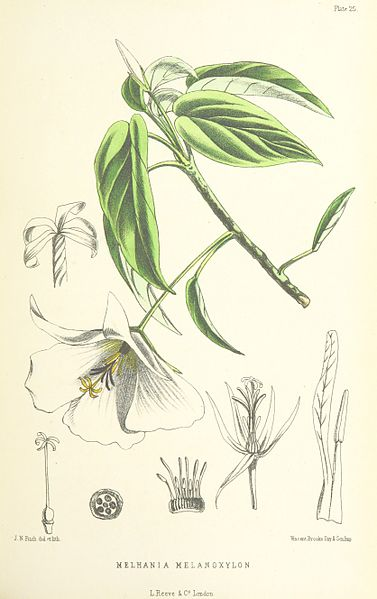
The Saint Helena Ebony tree. Like countless other plants, it only grew on the extremely isolated island of St. Helena. Following the introduction of goats, countless species only endemic to St. Helena, including the St. Helena Ebony and the St. Helena Olive were driven extinct. Invasive plants only compounded the damage. [Image source]
Next is by out-competing local species that share an ecological niche with them. Oftentimes the invasive species will be more effective at catching the same prey, or might eat too much of the same plant. This is most often seen in the case of native plants being outcompeted by invasive plants. Cheatgrass has wiped out many native grasses in the American Southwest- and it also poses a massive threat to many towns and cities, since it dries out completely and poses a massive fire risk.
Habitat destruction can also be caused by invasive species. Beach grasses in the Pacific Northwest have anchored the dune systems that form along the coast, which has destroyed the nesting grounds relied on by several native bird species. Goats show up once again here. When goats pass through an area, they eat everything in it down to the roots. Without plants the soil can hold less water, leading to more runoff. Without plant roots to hold the soil together, the increased runoff causes drastically increased erosion. In relatively short order the damage that goats deal to ecosystems can lead to regional desertification, wiping out not just plants but countless local animal species that depend on them. This even changes the local climate- without plants to transpirate water back into the atmosphere, water just moves to the nearest river and precipitation drops off enough that the area is stuck as desert. (Goats are responsible for more species extinctions than any animal species but humans by a long shot.)
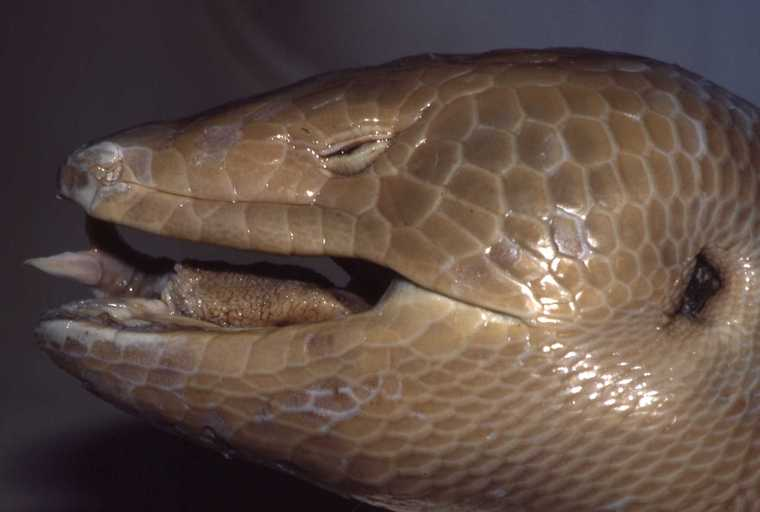
A preserved museum specimen of the Jamaica giant galliwasp. No living examples have been seen since 1840. Introduced mongooses are responsible for their extinction. There is a slim hope, however, that a tiny population might still survive- some of their habitat is nigh-inaccessible and hasn't been surveyed. [Image source]
Invasive species can also cause extinctions by carrying disease. There are many examples of this, but two stand head and shoulders above the others. First off is Batrachochytrium dendrobatidis, more commonly known as Bd. Bd is a chytrid fungus that is responsible for dozens of frog and other amphibian extinctions that we know of. It was spread by humans. Before the invention of the modern pregnancy test, the African clawed frog was used as a pregnancy test. (It's complicated and gross.) It often escaped captivity and made it into local ecosystems. Since they evolved alongside Bd, they were immune to it, and spread it globally. This was compounded by the American bullfrog, also shipped by humans around the world for food. (Frog legs.) Thanks to the American bullfrog's resistance to Bd, it helped spread the fungus.
The other major invasive disease is the fungus Pseudogymnoascus destructans, which causes White-Nose Syndrome in bats. White-Nose syndrome has been killing off massive amounts of bats on the American eastern seaboard- over 90% in areas, often completely wiping out colonies. Isolated cases have been found as far west as Washington State. While the initial spread was actually caused by cavers carrying it in on their clothes and shoes, this illustrates another type of invasive species- when ecosystems are disrupted, fleeing organisms can intrude on other regions. The bats fleeing this way spread the fungus. No bat species have yet been driven extinct since the first reported case of White-Nose Syndrome in 2007, but at least one species is doomed, and others are sure to follow swiftly. In Europe, where the fungus is found natively, the bats are immune to its lethal effects.
Both of these diseases are causing huge damage to ecosystems. Frogs and bats are both massive consumers of insects. Without them, crop damage from insects goes up massively. Insect spread diseases like malaria and East Nile are becoming much more common in infected regions. All extinctions have potential consequences like this, though these are especially intense.
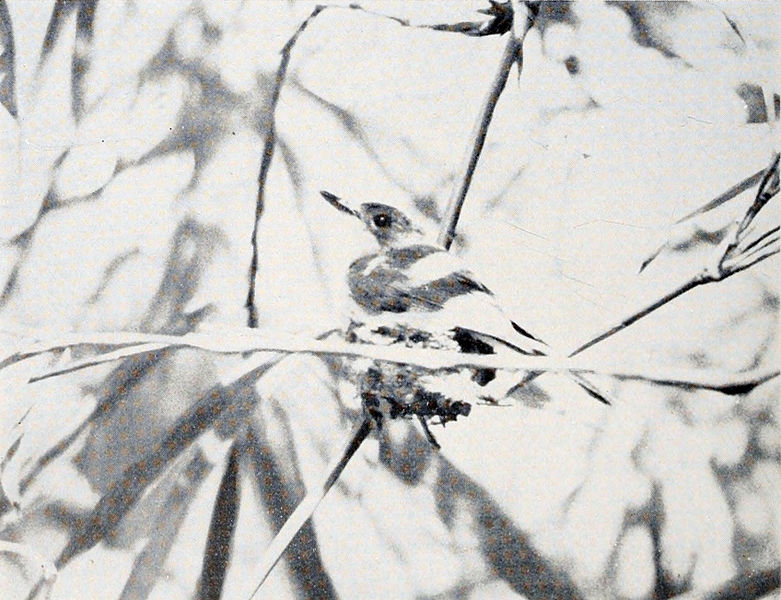
The Guam Flycatcher, last sighted in 1983. Driven extinct by the invasive brown tree snake, a voracious and venomous predator that has driven 11 other bird species extinct at minimum in the South Pacific. [Image source]
If the manners in which invasive species cause extinction seem similar to the manner that we cause extinctions, you're spot on. This speaks to a couple of different things- first, that the categories of extinction are hopelessly interrelated much of the time. And second, that humans are the most effective, deadly, and widespread invasive species of all time.
Bibliography:
The Sixth Extinction, by Elizabeth Kolbert
The Song of the Dodo, by David Quammen
The Ocean of Life, by Callum Roberts
The Emerald Planet, by David Beerling
Wonderful Life, by Stephen Jay Gould
Full House, by Stephen Jay Gould
Life, by Richard Fortey
https://en.wikipedia.org/wiki/List_of_recently_extinct_reptiles
https://en.wikipedia.org/wiki/List_of_recently_extinct_amphibians
https://en.wikipedia.org/wiki/List_of_recently_extinct_bird_species
https://en.wikipedia.org/wiki/List_of_recently_extinct_mammals
https://en.wikipedia.org/wiki/List_of_recently_extinct_plants
https://en.wikipedia.org/wiki/Jamaica_giant_galliwasp
https://en.wikipedia.org/wiki/Trochetiopsis_melanoxylon
https://en.wikipedia.org/wiki/Flora_of_St_Helena
https://en.wikipedia.org/wiki/Batrachochytrium_dendrobatidis
https://en.wikipedia.org/wiki/Ecnomiohyla_rabborum
https://en.wikipedia.org/wiki/Invasive_species
https://en.wikipedia.org/wiki/Extinction_event
https://en.wikipedia.org/wiki/Holocene_extinction
https://en.wikipedia.org/wiki/Lyall%27s_wren
https://en.wikipedia.org/wiki/White-nose_syndrome
https://en.wikipedia.org/wiki/Brown_tree_snake
https://en.wikipedia.org/wiki/Guam_flycatcher

